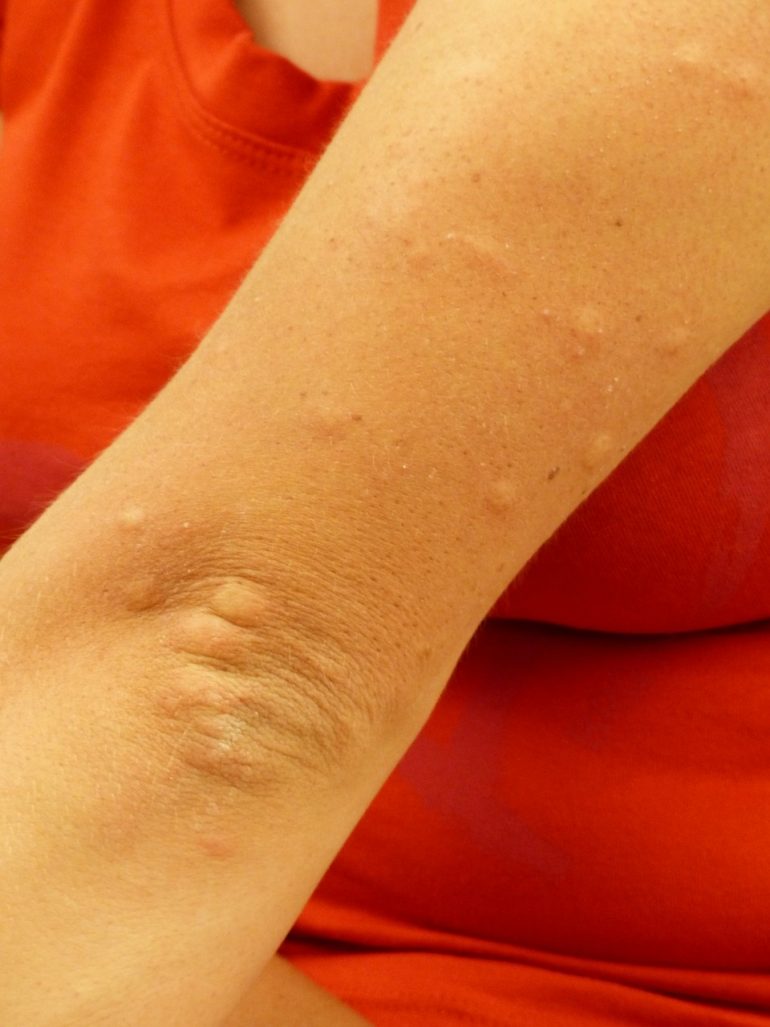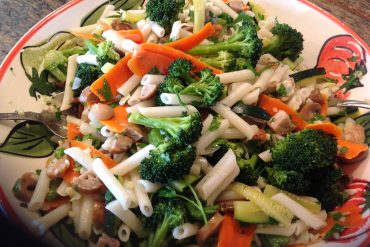Do you have an irregular heart rate? Multiple Chemical Sensitivities? Do you get a runny nose when you eat certain foods? Frequent headaches or migraines? Do you have an irregular or fast heart rate after eating? If you answered yes to any of these questions you may have a histamine intolerance.
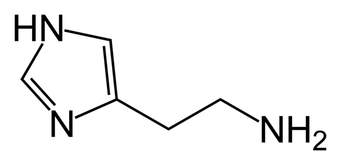
What is histamine?
This neurotransmitter communicates messages between your body and your brain. It is also a component of stomach acid that is used to breakdown foods.
Histamine is a biogenic amine that occurs to various degrees in many foods. In healthy individuals, dietary histamine can be rapidly detoxified by amine oxidases. Individuals with low amine oxidase activity are at risk of histamine toxicity. (1)
What is the role of histamine?
People are probably more familiar with histamine as it relates to the immune system, specifically allergies. Histamines role in the body is to provide an inflammatory response. It’s a way of warning your body that is be threatened. Histamine will make the red blood cells dilate so that the white blood cells can quickly attack the problem. A buildup of histamine can cause numerous reactions such as itchy skin, headaches, or even more severe reactions such as hives or anaphylaxis.
Histamine travels through your bloodstream, so it can affect your entire body. Because of the wide variation of symptoms, histamine intolerance is frequently overlooked and the symptoms are easily misdiagnosed. The symptoms can be similar to those caused by food allergies and intolerance of sulfites. In addition, not all doctors are familiar with histamine intolerance and may not consider this as a contributing or causative factor in someone’s health problems. (1)
Histamine Receptors
Four histamine receptors have been identified. The different receptors are expressed in different cell types and work through different intracellular signaling mechanisms, which explains on a simplistic level the varied effects of histamine in different cells and tissues.
Histamine receptors are located throughout the body and have numerous functions such as:
Histamine H1 receptors: Smooth muscle and endothelial cells affecting skin; blood vessels. Acute allergic responses.
Histamine H2 receptors: Cells in the intestines control acid secretion, abdominal pain, and nausea; heart rate. Secretion of gastric acid.
Histamine H3 receptors: Central nervous system controlling nerves, sleep, appetite and behavior. Modulating neurotransmissions.
Histamine H4 receptors: Thymus, small intestine, spleen, colon, bone marrow and white blood cells; inflammatory response. Mast cells, eosinophils, T cells, dentritic cells. Regulating immune responses.

Common symptoms of histamine intolerance:
Individuals with histamine intolerance, upon consuming foods that contain histamine may experience symptoms such as diarrhea, headaches, rhino conjunctival symptoms (nasal congestion, runny nose, post-nasal drip, sneezing, and red eyes) asthma, hypotension, arrhythmia, hives. Symptoms can be reduced by a histamine-free diet. (1,2) Additional symptoms include:
| Abnormal menstrual cycle | Difficulty falling asleep | Nasal congestion |
| Abdominal cramps | Difficulty sleeping | Sneezing |
| Arrhythmia | Dizziness | Headaches/Migraines |
| Accelerated heart rate | Hives | Nausea , vomiting |
| Anxiety | Hypertension | Chemical Sensitivities |
| Difficulty regulating body temperature | Fatigue |
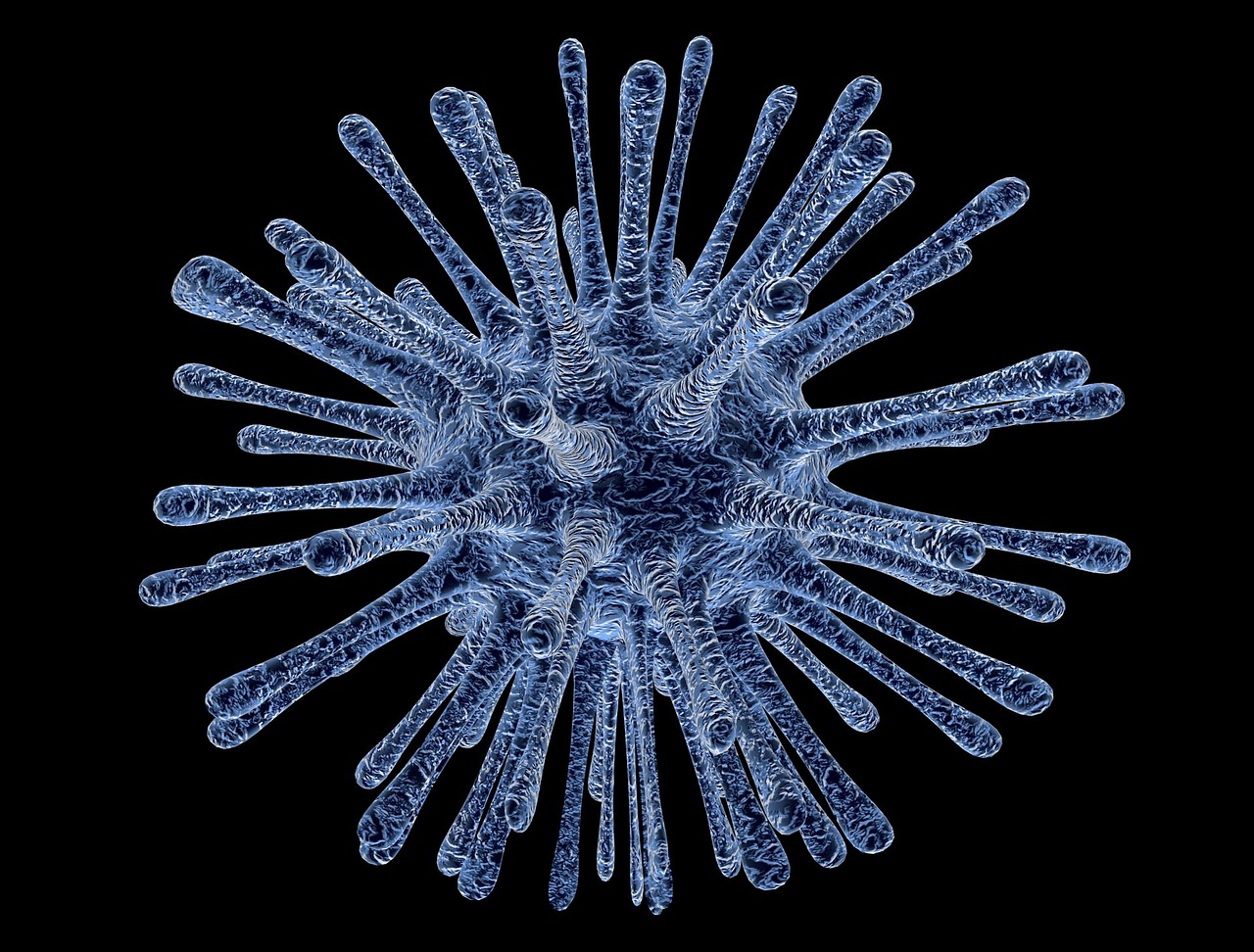
Common causes of high histamine levels
| Allergies | Leaky gut | Diamine oxidase deficiency |
| Bacterial overgrowth | Histamine rich foods | Fermented foods |
| Gluten sensitivity | Crohn’s Disease |
Causes of low DAO
DAO (diamine oxidase) is the main enzyme involved in breaking down histamine. It is concentrated mostly in the small intestine where most food is ingested and food derived histamine is degraded. DAO deficiency occurs where DAO in the small intestine is insufficient to metabolize ingested histamine in the diet. This deficiency creates a lower histamine tolerance in these individuals.
In order for your body to produce the histamine lowering enzyme DAO (diamise oxidase) a diet rich in vitamin B6, magnesium, copper and other nutrients is necessary.
According to Dr. Amy Meyers histamine blockers, acid-reducing drugs, seem like they would help prevent histamine intolerance, in reality they can actually deplete DAO levels in your body. (3)
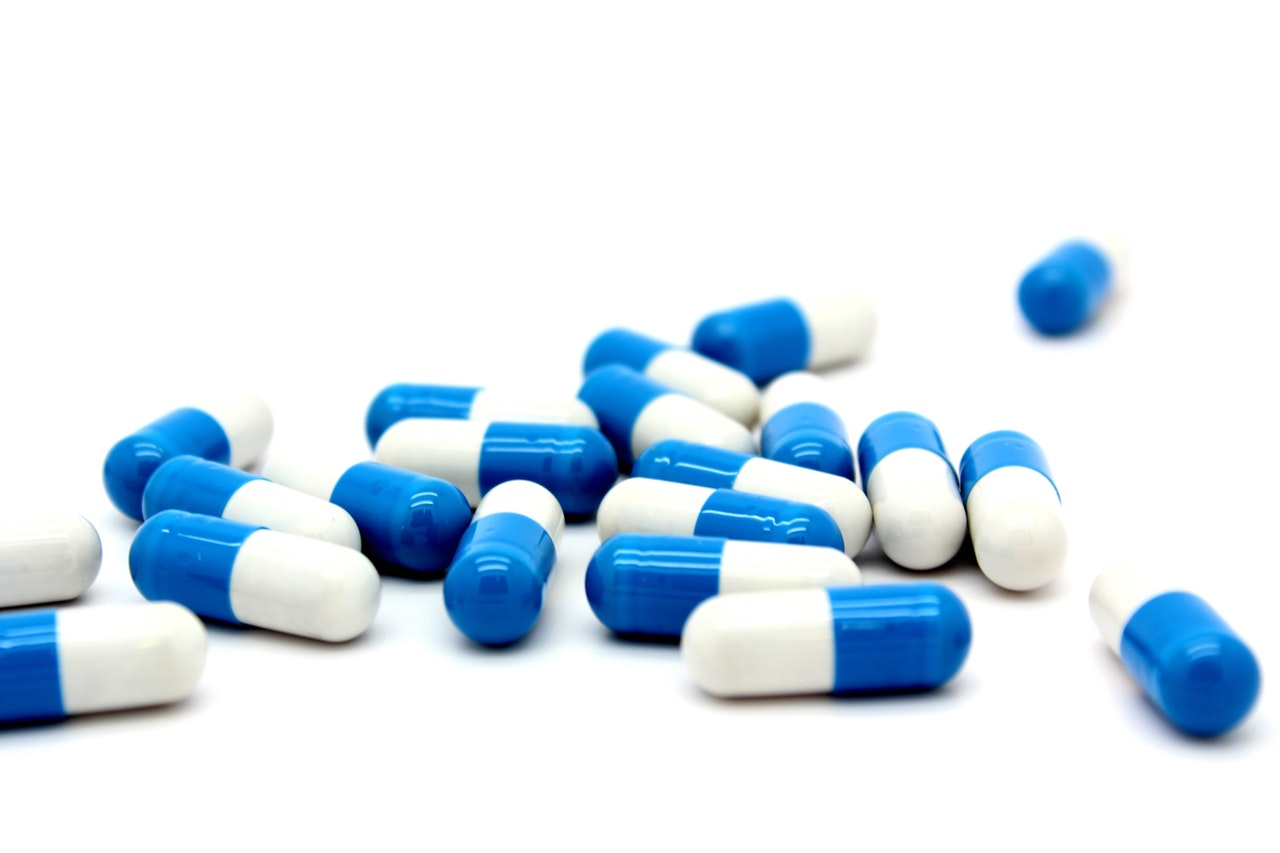
How DAO Deficiency Is Acquired
DAO deficiency can also be acquired through:
Genetic DAO mutation (although the precise enzyme has yet to be identified).
DAO inhibiting medications such as:
Non-steroidal anti-inflammatory drugs (ibuprofen, aspirin)
Antidepressants (Cymbalta, Effexor, Prozac, Zoloft)
Immune modulators (Humira, Enbrel, Plaquenil)
Antiarrhythmics (propanolol, metaprolol, Cardizem, Norvasc)
Antihistamines (Allegra, Zyrtec, Benadryl)
Histamine (H2) blockers (Tagamet, Pepcid, Zantac)
Other causes:
Alcohol consumptions (which is a DAO inhibitor).
A compromised gut lining; including NSAID intolerance, coeliac or gluten intolerance or bowel disease.
Vitamin b6, vitamin c, and copper deficiencies.
Enzyme deficiencies, mast-cell activation, and mastocytosis.
Leaky gut
SIBO
DAO-blocking foods: alcohol, energy drinks, and tea
Genetic mutations
Inflammation from Crohns, ulcerative colitis, and inflammatory bowel disease.
How is histamine tolerance treated?
Doctors usually suggest going on a low histamine diet for 1-3 months. You may be advised to add in DAO supplements. According to The American Journal of Clinical Nutrition DAO is the main enzyme responsible for breaking down ingested histamine. (4)
In addition your doctor may look at testing for any vitamin and mineral deficiencies.
Following a strict low histamine diet and then slowly adding back histamine rich foods will likely give you all the answer you need.
It’s important to note that histamine food lists aren’t written in stone. By this, I mean that you might find you react to some foods on the list and not others. It’s important to keep a journal and track your food and reactions to get a concise picture of what’s going on. This will also be helpful when you sit down with your doctor to discuss dietary changes.

Low histamine food list:
Freshly cooked meat, poultry (frozen or fresh)
freshly caught fish
eggs
gluten-free grains: rice, quinoa
pure peanut butter
fresh fruits: mango, pear, watermelon, apple, kiwi, cantaloupe, grapes
fresh vegetables (except tomatoes, spinach, avocado, and eggplant)
dairy substitutes: coconut milk, rice milk, hemp milk, almond milk
cooking oils: olive oil, coconut oil
leafy herbs
herbal teas

High histamine food list (5):
Fermented alcoholic beverages, especially wine, champagne and beer
Fermented foods: sauerkraut, vinegar, soy sauce, kefir, yogurt, kombucha, etc
Vinegar-containing foods: pickles, mayonnaise, olives
Cured meats: bacon, salami, pepperoni, luncheon meats and hot dogs
Soured foods: sour cream, sour milk, buttermilk, soured bread, etc
Dried fruit: apricots, prunes, dates, figs, raisins
Most citrus fruits
Aged cheese including goat cheese
Nuts: walnuts, cashews, and peanuts
Vegetables: avocados, eggplant, spinach, and tomatoes
Smoked fish and certain species of fish: mackerel, mahi-mahi, tuna, anchovies, sardines
Processed foods of all types
Preservatives are high in histamines
Histamine intolerance testing
The 23 and me genetic test is a very helpful test to look at a variety of genetic data. In particular it will look at genes associated with DAO enzyme production. An individual who has a homozygous mutation will most likely struggle with metabolizing histamine.
In addition, your doctor can order lab tests to analyze the ratio of histamine/DAO enzymes. A high histamine/DAO ratio indicates that one is ingesting too much histamine and is not producing enough DAO to effectively metabolize it.
If you aren’t interested in doing a blood test, you can do a histamine challenge yourself. Keep a food diary and document any symptoms you experience when consuming high histamine foods. Fermented foods generally work the best for this type of challenge. Note if this aggravates or increases the frequency of your symptoms. (If you’re reactions are severe do not attempt any food challenges without the supervision of your doctor).
If you notice an increase and/or aggravated symptoms try a low histamine diet for two-three weeks and keep a food diary to note changes or lessening of symptoms. If you do notice a significant change it is likely you have histamine intolerance.
Histamine tolerance varies with the individual
We are all unique individuals and not all people with histamine intolerance will have the same symptoms, nor react in the same ways to foods. You may find that you can tolerant some high histamine foods and not others.
In time as you heal your gut, reduce histamine, lower your inflammation and improve the overall health of your body you may find that you can handle foods with higher histamine levels. For some individuals this means the ability to add some high histamine foods on an occasional basis.
References:
- And, L. M. (2007, May 01). Laura Maintz. Retrieved January 01, 2018, from http://ajcn.nutrition.org/content/85/5/1185.long
- Symptoms. (n.d.). Retrieved January 01, 2018, from http://www.histamineintolerance.org.uk/about/symptoms/
- MD, A. M. (2017, October 27). Everything You Need To Know About Histamine Intolerance. Retrieved January 01, 2018, from https://www.amymyersmd.com/2017/10/everything-you-need-to-know-about-histamine-intolerance/
- And, L. M. (2007, May 01). Laura Maintz. Retrieved January 01, 2018, from http://ajcn.nutrition.org/content/85/5/1185.full
- The Food List. (n.d.). Retrieved January 01, 2018, from http://www.histamineintolerance.org.uk/about/the-food-diary/the-food-list/

